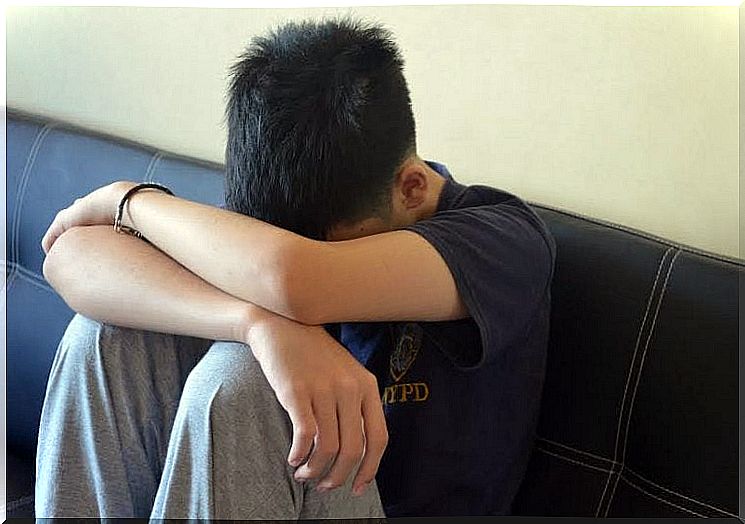How To Teach Your Child To Own Up To Mistakes?

Taking on mistakes will not be easy for children. But part of developing the ability to recognize and accept mistakes is linked to human integrity.
If your child knows how to accept that he did not act well, he will be a more responsible person with each of his actions and will learn that if he does not do well, he can affect the people around him.
Recognizing that we have done wrong or failed is not as simple as it sounds. Sometimes we refuse to do this out of shame or pride. Anyway, that’s not good.
Make mistakes and make mistakes
“To err is human, but recognizing error is for the wise”.
This sentence is as simple as it is true. It is true that we are all exposed to failure, even more so when a child experiences new emotions, meets and relates to others. But understanding and accepting mistakes even when they are small will help them to be better people in the future.

Because your child doesn’t know the difference between good and bad, parents play a key role as mentors throughout the entire growth phase. On this path, in which we try to guide our children in the best possible way, we must remember that Mom and Dad are an irrefutable role model to follow.
For your child, whatever you do will be right. He imitates you by nature, by instinct. That’s where the importance of acting in accordance with the values and principles we want our child to develop lies.
Tips to help children admit their faults
It is important that our children realize the mistakes they make as they grow up and correct them in time. For this reason, we give you some recommendations that can facilitate both the dynamics of recognizing our own actions.

- Lead by example. If you were the one who made the mistake, acknowledge it in front of the child. Talk to her about it.
- Often, when we are parents, we are afraid to make a mistake, because we believe we will lose authority, credibility, or respect in front of our children. But the truth is that assuming we’ve made a mistake is an act of courage and, of course, wisdom. Recognition of error becomes an act of humility.
- Teach your child that he has the right to make mistakes. Your child has no reason to be perfect and should know it. Let him know that he also learns from mistakes. This will create a background for him, and help him not to repeat the same failure again.
- To assume is also to mature. Talk to your child, show him that making a mistake makes him a more mature person, growing and aware that even though he has failed, he can always choose to do good or correct his mistake.
- Appreciate the good side of the action committed. Teach your little one to see the positive side of situations. Everything that happens or does is an experience that he can take advantage of, a new learning experience.
- Help your child make the best decision. In a given situation, your little one may need your support to make a decision. Guide him, but remember that you must let him decide. It is he who must determine what action to take. If he is wrong, he will know that it is necessary to accept the error and be responsible for it.
- Praise his ability to recognize his own mistakes. Assess that your child makes an effort to face his mistake rather than remind him of the wrong he has done.
- Teach him to apologize. Make him understand that apologizing is not a failure, nor does it have to hurt or undermine his self-esteem. On the contrary, it makes you a brave and capable child.
Making your child own mistakes will not only make him a human being more aware of everything he does, but it will also make him a more humble and fair person.









